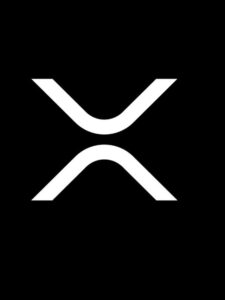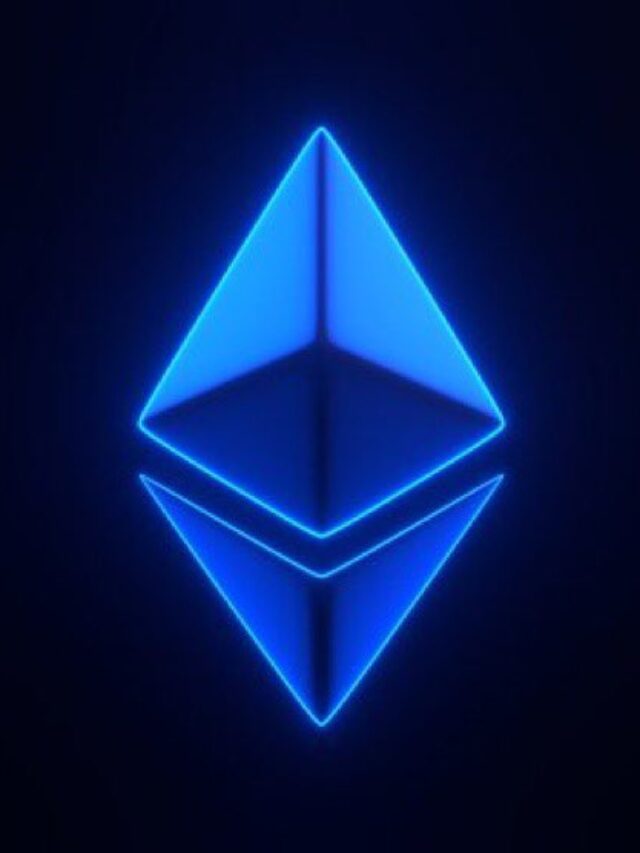Which Cryptocurrency Has the Higher Chance of Making Millionaires? XRP and Cardano in Comparison
XRP (XRP 0.32%) and Cardano (ADA 0.57%) are both being promoted as possible quick routes to amassing a seven-figure sum. Although it is usually not advisable for serious investors to buy with the expectation of becoming an overnight millionaire, it can be done over a long enough period with diligent investment and the right asset choice.

Both of these coins are well-known and liquid, yet they remain far from their previous all-time highs. That mix lures in those on the lookout for deals. However, price alone does not create millionaires, even in crypto; A genuine set of fundamentals is required to attract a significant influx of new capital, even after a considerable amount has already arrived and remained.
We should take a look at which of these two realistically has a chance to compound for long enough that consistent dollar-cost averaging (DCA) results in gains that change one’s life.
XRP’s march forward will be tough to interrupt
Today, XRP is trading at approximately $2.19. To reach $1 million, a $10,000 position would require approximately a 100x increase, which would put the coin’s market cap at about $11 trillion. In the case of Cardano, this would necessitate a future market capitalization of roughly $2.3 trillion. Both of those figures are unlikely to happen, but which chain has the better chances?
Utility serves as a good initial proxy. In a single day on June 15, the XRP Ledger (XRPL) processed 5.1 million transactions, surpassing its previous records. This addresses its primary purpose directly: to reduce the cost and increase the speed of cross-border transactions compared to those using legacy technologies. A high volume indicates that institutional investors, the chain’s intended user base, are using it for its intended purpose to some extent.
On the other hand, Cardano’s recent daily transaction average is nearer to 50,000. The exact target users of the chain are not precisely defined, but regardless of their identity, they do not seem to be using the chain very That means it is less likely to grow rapidly.
XRP also possesses an advantage in competing within growth markets, such as the tokenization of real-world assets (RWA). There are already about $160 million in tokenized bonds, treasuries, and other off-chain assets hosted on XRPL. According to certain estimates, the market for tokenized assets could expand from $0.6 trillion this year to $18.9 trillion by 2033.
Should XRP continue to build on its initial share of that pie, a route to triple-digit gains is available. However, Cardano currently lacks a comparable advantage in the same megatrend, and alarmingly, it is not involved in any other trending growth segments either.
Where the rubber meets the ledger
Each coin’s potential to turn investors into millionaires heavily relies on technological advancement. XRP has once again emerged victorious.
Throughout 2025, Ripple, the company behind XRP, has been enhancing its offerings with tools that are genuinely desired by its primary customers. This month’s developer summit for Ripple showcased enhancements to the identity layer that incorporate know-your-customer (KYC) compliance into the protocol, a necessity for major asset managers.
Unfortunately, Cardano has an abundance of research papers but lacks production traffic.
Hydra, the long-anticipated layer-2 (L2) scaling solution, remains in bug-fixing mode following recent security assessments. Meanwhile, the number of daily active wallet addresses remains around 24,000, which is far from constituting a user base of inspiring size. The total amount of fees collected by the chain amounts to less than $8,000 each day. While those metrics would be commendable for a start-up network, they are lackluster for a project that has been running for 9 years.
Developer activity is the only domain where Cardano excels; by early 2025, it was among the top three chains for updates implemented. The elevated number of commits indicates some momentum, but code is only useful when users require what is being developed—this is the primary issue with the chain. Cardano’s strong research culture may not lead to price increases until its decentralized finance (DeFi) features become essential for a specific audience, and so far, this has not happened.
For investors, the message is evident. XRP has begun addressing the issues of its paying customers while also levying charges for this service. Cardano continues to hone its pitch.
Which coin has the better shot?
While XRP is the coin that has a greater likelihood of enriching investors, it is unlikely to provide the astonishingly high returns within a single night that are needed to create millionaires.
However, if the aim is to select the more robust long-term compounding machine, XRP currently presents better odds. The transaction flow it is developing, the regulatory compliance features it has integrated, and its advance in the burgeoning RWA market generate concrete revenue streams that can bolster higher valuations.
Cardano still represents an intriguing technological venture, and the strength of its community and its commitment to academic rigor could ultimately yield benefits. For the time being, however, possessing the coin amounts to betting that the team will discover a game-changing use case that generates non-speculative demand. It could occur, but until it does, it remains an investment thesis lacking evidence and not a wise option for your capital.
Disclaimer and Risk Warning
coinweck does not endorse or is responsible for any content, accuracy, quality, advertising, products, or other materials on this page. The image used in this article is for informational purposes only and is provided to us by a third party. coinweck should not be held responsible for image copyright issues. Contact us if you have any issues or concerns. Readers should do their research before taking any actions related to the company.









